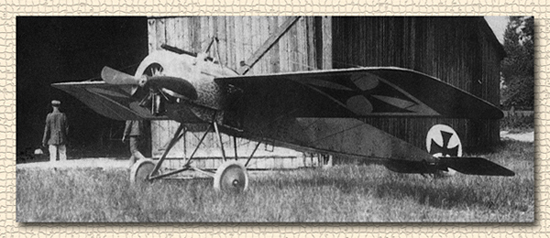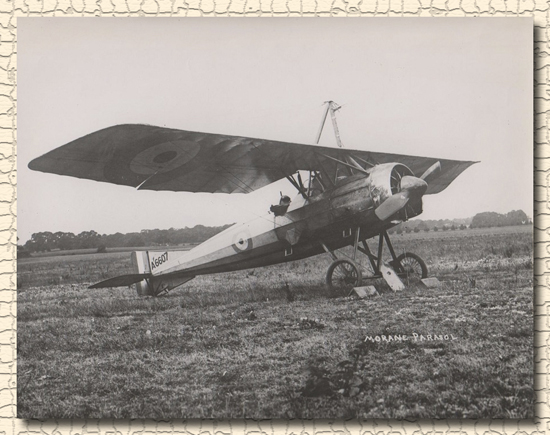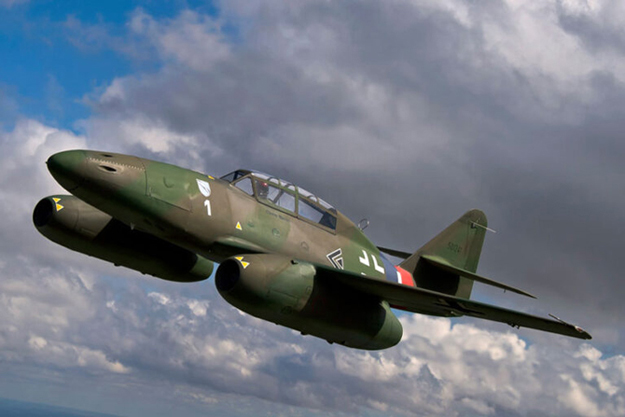If the title of this post is black and/or you see the fighter-pilot header, click on the title to view the featured-image header and continue reading.
My good friend and fellow fighter pilot Yago F. de Bobadilla, Maj. Gen. SAF (Ret), has assembled a PowerPoint slide show as a companion to his original collection honoring the aviators and flying machines of World War II and the artists who commemorate specific events with exceptional skill and dedication to their craft.
As the title attests, this collection focuses on how aerial combat has changed since the jet engine forever altered the flying machines that pilots take into the skies. The term “into harm’s way” is fundamentally different than in WWII, although that horrendous conflict provided a chilling glimpse into the future.
But first, some background:
Throughout the history of air warfare, combatants have struggled to achieve a tactical advantage and shift the balance of power in their direction by improving the aircraft and weaponry employed in the aerial battlefield.
Between the dawn of aviation and the outbreak of World War I in 1914, military leaders had disregarded the need for armed aircraft, believing them useful only for reconnaissance. Engineers in France and Germany, however, had been experimenting with methods to allow the pilot to fire a fuselage-mounted machine gun at an opponent without damaging his own propeller. Invention of the interrupter gear led to development of the gun synchronizer, which fostered the birth of aerial combat.
Based on extensive research of surviving German and French early WWI aviation records, the first victory using a synchronized machine-gun-equipped fighter most probably occurred on July 1, 1915 when the pilot of a German Fokker M.5K/MG forced down a French Morane-Saulnier Type L, which landed in French territory and could not be officially confirmed. Three days later, the same German pilot downed an unconfirmed Morane Parasol, and finally achieved the first officially confirmed victory on July 15, 1915 against another Morane.



Sole possession of a working gun synchronizer enabled Germany to dominate the skies over the Western Front in a period known as the Fokker Scourge. Although Germany was very careful to protect this advantage by forbidding its pilots from flying over enemy territory, the basic principles involved were common knowledge. By the middle of 1916, several Allied synchronizer gears were in use, and the aerial combat arena shifted to a more equal and far deadlier contest.
Escalation has most often occurred in relatively small steps, such as extra machine guns, addition of a cannon (with exploding shells rather than bullets that rely on impact inertia alone to cause damage), or a supercharger for the engine to improve aircraft performance at high altitude.
And then along came the jet engine. During WWII, the British and the Americans both developed prototype jet-powered fighters, but Germany was the only country to employ one in combat. Imagine the shock and awe among Allied aviators when the ME-262 first appeared in defense of the crumbling Third Reich. Air warfare would never be the same.

Pardon me for this interruption, but I cannot resist noting some connection between me and an ME-262 through my brother, Sam C. McIntosh, PhD in aeronautics and astronautics, in his capacity as an FAA Designated Engineering Representative (DER).
The aircraft is a replica, made by a group that had the Smithsonian’s permission to reverse-engineer and restore an original non-flying example. The group built a number of replicas, one of which was purchased by an individual, delivered to Sanders Aeronautics in Ione, CA for an evaluation, and eventually sold to the Collings Foundation.
Collings hired Sam to perform a ground vibration test as a key requirement to certify the aircraft as safe for flight. The Foundation had planned to fly the 262 with the B-17, B-25, and P-51 on their Wings of Freedom tour, but it took so much runway that it couldn’t get into a number of airports where the American warbirds would go.
Here is proof of that collaboration. (HINT: This is not a painting.)

In addition, a WWII vet neighbor of Sam’s saw an ME-262 for real while guarding a critical bridge at night. A sound like nothing he he had ever heard caused him to look up as the German pilot rolled in and dropped a bomb, which missed the bridge, and the soldier, thankfully. The vet is 94 years young, still lives in his house, drives a car, and plays golf twice a week. Ya gotta love it!
And finally, without further delay, here is “Beautiful Aviation Art – The Jet Age Slideshow.”
Note: I have elected not to remove the first two parts of the partial presentation previously published as posts. (How’s that for alliteration?)
Don’t forget to click on the full-screen logo to view this slideshow in all its glory!


